lgsp@feddit.it
account feddit di @lgsp@urbanists.social
- 53 Posts
- 155 Comments

 25·8 days ago
25·8 days agoWhat about MNT reform?

 4·10 days ago
4·10 days agoNice idea. An alternative would be to have user classes on traditional severs:
-
a viewer user that cannot upload videos, bilut can watch, subscribe, comment etc
-
a “creator” user that admins can limit that can also upload video content
-

 8·17 days ago
8·17 days agoHigher speed limit?
🤣 took me a few seconds, but made me smile

 5·17 days ago
5·17 days agoMilestone, creators of screamer and many official MotoGP games was, and probably still is, Italian

 2·20 days ago
2·20 days agoSure! You are welcome! I visited the site and I was amused there was a mastodon icon at the bottom ❤️

 17·21 days ago
17·21 days agoI just want to credit the author(s) who happen to be in the fediverse, too: @howdoyouguide@mastodon.social

 7·21 days ago
7·21 days agoObviously, I can’t do it perfectly, so there are rare times where I hit a pothole I didn’t see, but I don’t think you should be driving if you don’t try to do this.
I agree. Even looking the road all the time you can’t see everything at the same time: there are the mirrors, there is stuff far away, there is stuff close. I really can’t drive if I don’t pay attention the the roaf

 21·22 days ago
21·22 days agoSo now you admit that it happened.
Why it happened you ask? You tell me.

 12·23 days ago
12·23 days agoRead that again: the gdf tried to rescue, but couldn’t because of sea conditions. The coast guard instead waited, even if their ships could deal with sea conditions.
And they did so because it was a boat full of migrants. For any other boat they would go out immediately to fescue

 51·23 days ago
51·23 days agoUnfortunately yes
https://en.wikipedia.org/wiki/Tragedy_of_Otranto
And more recently
https://en.wikipedia.org/wiki/2023_Calabria_migrant_boat_disaster
Approximately an hour later, two Guardia di Finanza boats were launched to investigate the vessel; both were forced to turn back due to the bad weather, and this was communicated to the Italian Coast Guard. Despite having boats capable of operating in such conditions, a rescue operation was not attempted for approximately another four hours, or almost six hours after the boat had been first spotted
And I went only based on my memory. I don’t want do dig further

 581·23 days ago
581·23 days agoOf all the nations I didn’t expect Italy do do something, given the government parties statements on the flotilla.
As an Italian I won’t believe our ship will actually do something useful until I see it

 3·24 days ago
3·24 days agoWords in which I can never remember h and g order:
- length thought tough through
Inconsistent pronunciation of “ae”
- steak read bear bleak
And many more…

 5·25 days ago
5·25 days agoI’m sure the next show monolingue will be very interesting!
 22·27 days ago
22·27 days agoIf you can use an ebike, you can use a bike.
No, I dont think so. Examples:
- hilly environment
- more than 10 km commute
- hauling children/heavy stuff
In those cases an while can make things so much easier that you decide not to use the car.
If you have a 5 km commute without hills, then I agree that an evoke doesn’t make any difference (excluding the cost!)
An electric motorcycle needs insurance (in Europe at least), yearly tax, it’s heavier and usually has no cargo space, can’t use bike lanes, heavy helmet is mandatory

 8·29 days ago
8·29 days agoWhoever thinks flying cars are the solution to traffic should also think how to deal with raining fireballs…

 3·1 month ago
3·1 month agoAs you say, once you can build a nand gate, you can go everywhere.
If OP wants to know how, I suggest this way which I found useful and entreating:
The only mention of killing in the whole thread is in your answer (and mine, now)
What are you talking about?

 1·1 month ago
1·1 month agoUnfortunately no, I know that channel, and it’s not one of his videos…

 2·1 month ago
2·1 month agoOh, thank you. TIL about this community



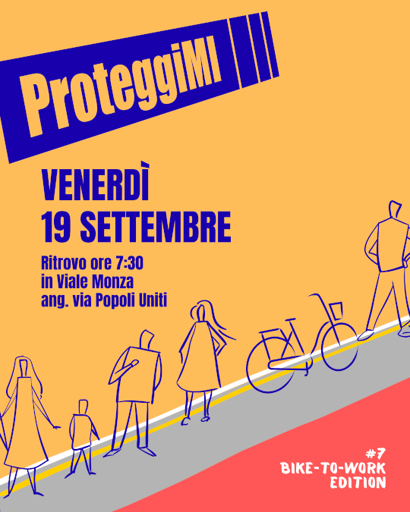
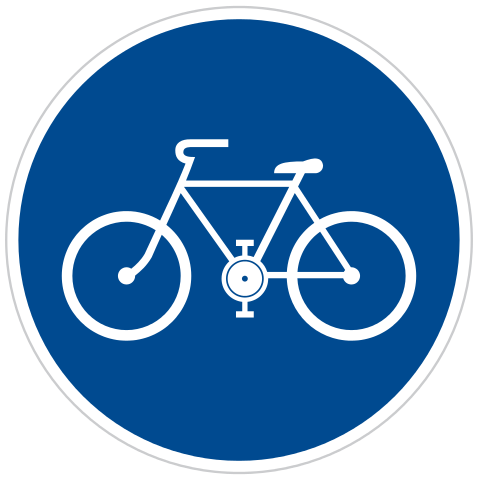

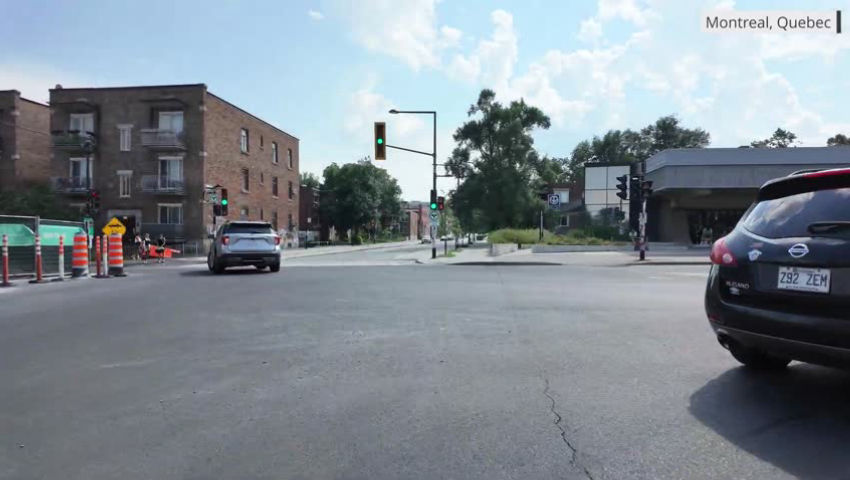







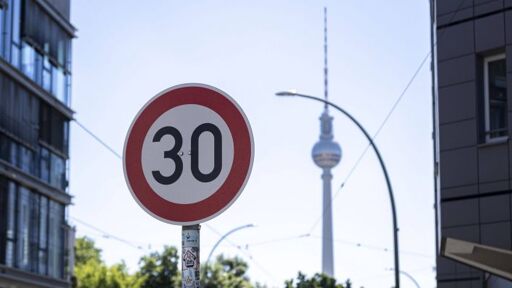


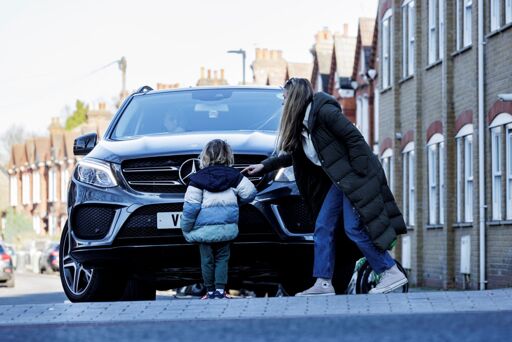
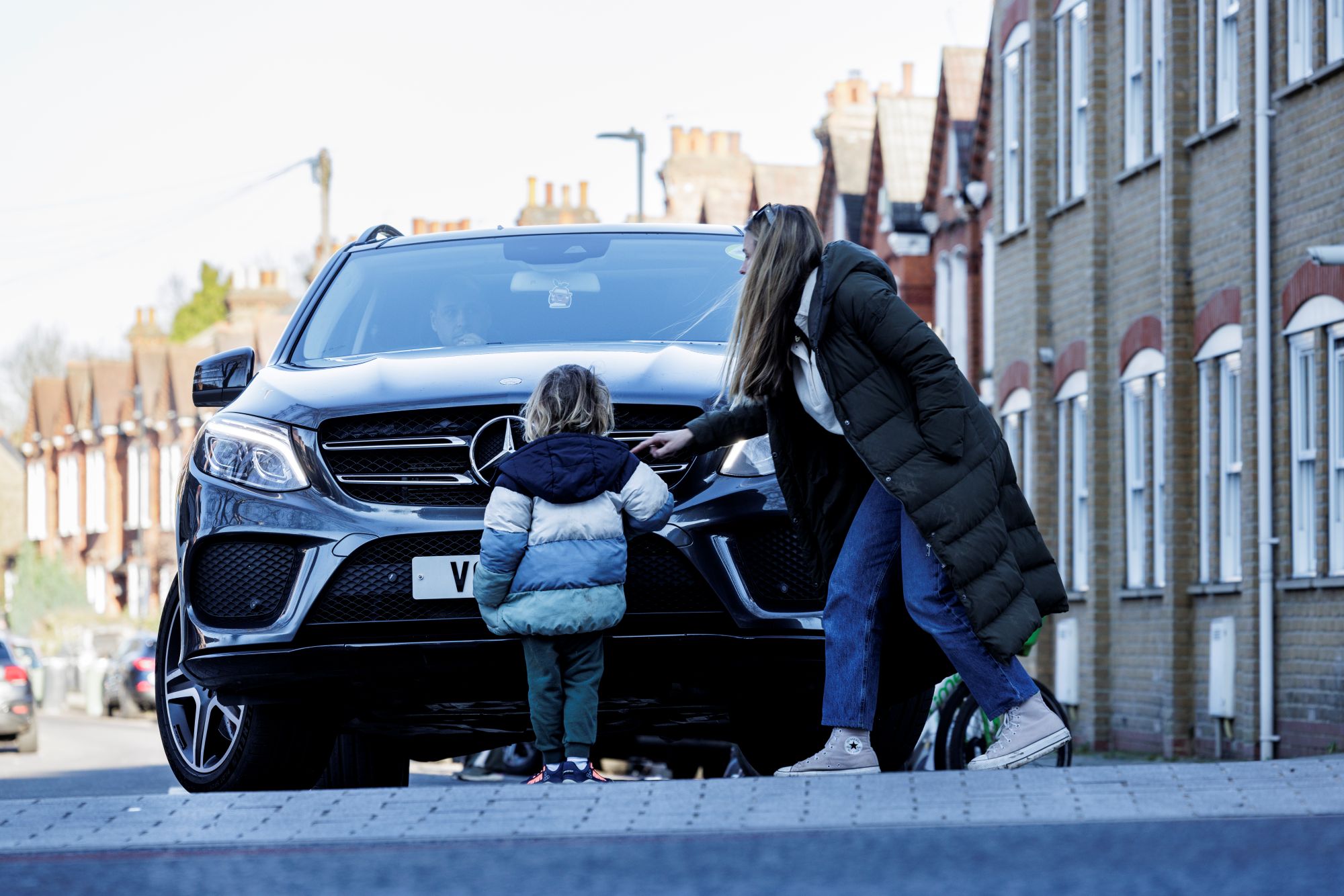
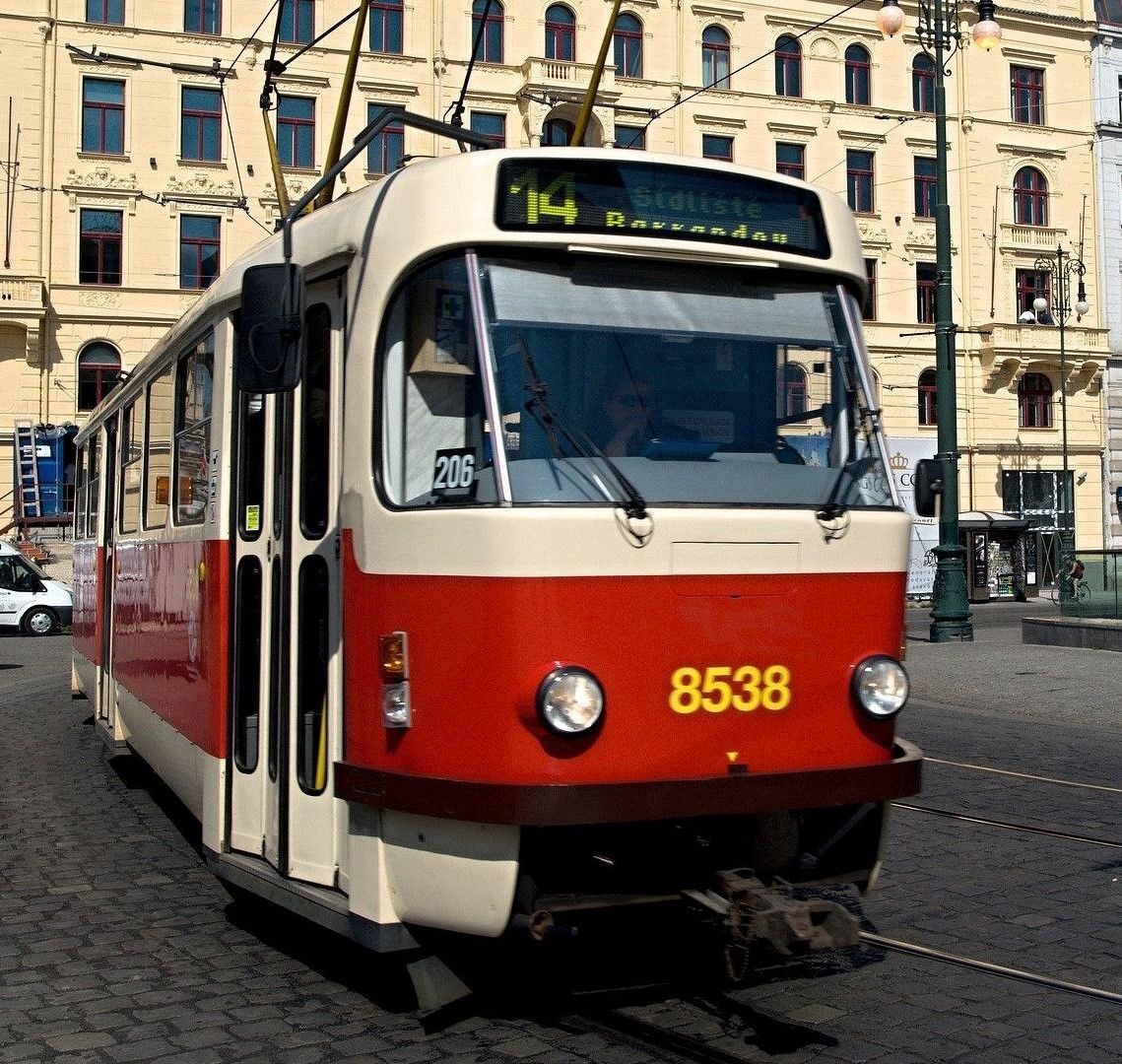



Lol, corrected, thanks